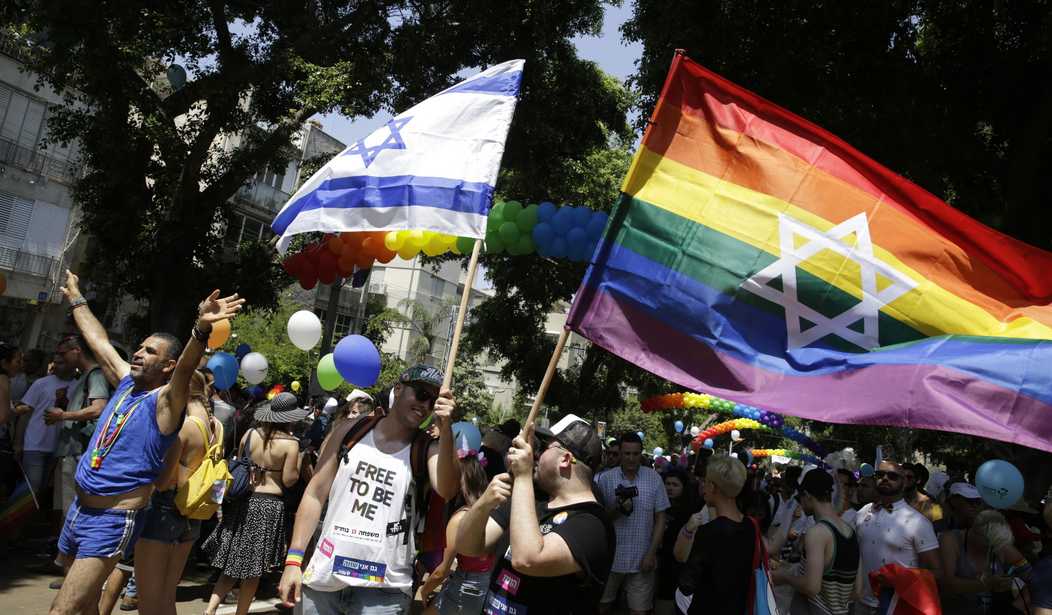If you live in the United States and I asked you what percentage of your fellow Americans are left-handed, without hitting a search engine to check, what would your guess be? What percentage are gay, lesbian, or bisexual? We could play this game with any number of different demographic groups. But if you’re fairly typical, you would probably wind up naming a figure that’s far higher than the real numbers, at least according to a recent survey from YouGov. Most of us tend to believe that there are far more members of most demographic groups than there actually are, and that’s largely due to the pervasive influence of the media. I tried to quiz myself before looking at all of the figures being reported and found that I fall into the same trap, believing that most minority groups are far more numerous than they actually are.
When it comes to estimating the size of demographic groups, Americans rarely get it right. In two recent YouGov polls, we asked respondents to guess the percentage (ranging from 0% to 100%) of American adults who are members of 43 different groups, including racial and religious groups, as well as other less frequently studied groups, such as pet owners and those who are left-handed.
When people’s average perceptions of group sizes are compared to actual population estimates, an intriguing pattern emerges: Amercians tend to vastly overestimate the size of minority groups. This holds for sexual minorities, including the proportion of gays and lesbians (estimate: 30%, true: 3%), bisexuals (estimate: 29%, true: 4%), and people who are transgender (estimate: 21%, true: 0.6%).
You can run down the figures at the link above, but I’m going to confess that most of the numbers were shocking to me. My estimate on the question of the percentage of gay and lesbian Americans was 10%. It’s actually three. The transgender figure they quote strikes me as almost impossible to measure. They put the figure at 0.6% and that may be true for the number of people who are legitimately suffering from gender dysphoria and experience delusions about their own physical reality. But I doubt that number takes into account all of the young people who have been seduced into the transgender “fad” by the cool kids who now think it’s trendy to say that you’re “gender fluid” or whatever the phrase of the week is.
The racial minority numbers also came as a shock to me. I would have guessed that the Black population in America would be somewhere around twenty percent. That’s almost double the actual figure the survey quotes of 12%. I’m saying that as a (mostly) white guy, but it turns out that the individual racial groups are no better in their estimates. In some cases, they’re worse. Black respondents, on average, guessed that Black people make up 52% of the population. Non-Black people guessed 39%. The same pattern was seen when respondents made guesses about the Asian-American population.
The survey did seem to reveal an overarching pattern that works in two directions, however. Most of us seem to overestimate the percentages of minorities, but we underestimate the percentages of majorities. The biggest example they listed was an average guess that 58% of the country is Christian. The real figure is 70%. We also underestimate the percentage of people who have at least obtained a high school diploma.
When it comes to the questions of sexual identity and race, the gross misinterpretations of the numbers are almost certainly driven by the media. It may not have always been this way, but in the current era, both news and entertainment focus an incredible amount of time and energy in covering topics related to minorities, both in terms of race and sexual identity. When you finish looking over the material, you might want to engage in a brief exercise. Stop for a moment and think about the people you see in your immediate neighborhood and/or at your workplace. How many of them actually fall into each category, at least to the best of your knowledge? And do those numbers match up with either your initial guess or the figures listed by YouGov?








Join the conversation as a VIP Member